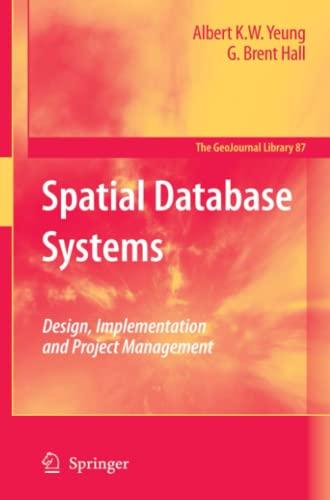Question
Determine the thermal noise power density [No] in decibels, given the following information: T=295oK, signal bandwidth of 4kHz. a. -167.88 dB b. +203.9 dB c.
Determine the thermal noise power density [No] in decibels, given the following information: T=295oK, signal bandwidth of 4kHz. a. -167.88 dB b. +203.9 dB c. -203.9 dB d. -137.88 dB
Select the correct statement(s) regarding signal-to-noise ratio (SNR) calculations. a. When determining the non-decibel value of S/N, mixing units (i.e., mW and W) between S and N is permissible (e.g., S(mW)/N(W)) b. SNR can only be given in decibel form because it represents a ratio of powers c. The decibel value of SNR is given by: [SNR]=[S]-[N], where "[ ]" indicates decibel values d. The decibel value of SNR is given by: [SNR]=[S]/[N], where "[ ]" indicates decibel values
Determine the SNR in decibels given a receive signal of 10E-6 watts, and [N]=-128 dBW. a. 128dB b. 48.41 dB c. 78 dB d. -98.41dB
Select the way(s) in which the data rate capacity of a link can be increased.
| a. Increase the number of levels (M) allowed per symbol
| ||
| b. Increase signal frequency
| ||
| c. Increase frequency bandwidth
| ||
| d. All of the above
|
Step by Step Solution
There are 3 Steps involved in it
Step: 1

Get Instant Access to Expert-Tailored Solutions
See step-by-step solutions with expert insights and AI powered tools for academic success
Step: 2

Step: 3

Ace Your Homework with AI
Get the answers you need in no time with our AI-driven, step-by-step assistance
Get Started


